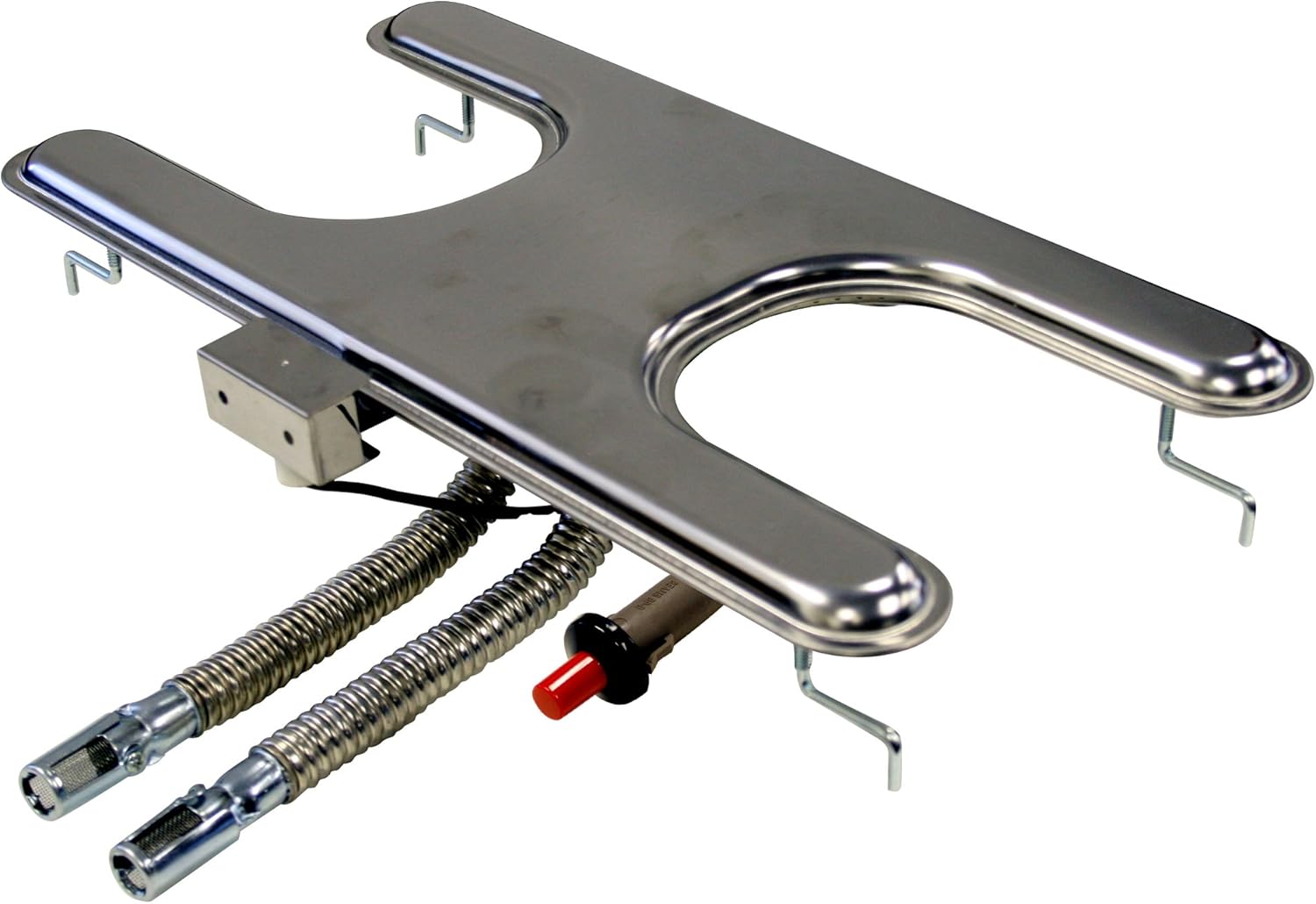The Unsung Hero of Your Kitchen: Why Stainless Steel is Best for Food Prep
We all want a kitchen that’s not only beautiful but also safe and healthy. While trendy kitchen gadgets come and go, one material consistently stands the test of time: stainless steel. It’s not just about aesthetics; stainless steel offers a compelling combination of durability, hygiene, and safety that makes it the ideal choice for food preparation.
Unveiling the Science Behind Stainless Steel’s Superiority
Stainless steel isn’t a single material; it’s a family of iron-based alloys containing chromium (at least 10.5%) and often other elements like nickel, molybdenum, and manganese. This precise composition is what gives stainless steel its unique properties. The chromium creates a protective chromium oxide layer, a passive film, on the surface. This passive film is what makes stainless steel resistant to corrosion, rust, and staining – crucial features for a material handling food.
Hygiene: The Key to a Healthy Kitchen

When it comes to food safety, hygiene is paramount. Bacteria, viruses, and other harmful microorganisms can thrive on various surfaces. Stainless steel’s non-porous nature means it doesn’t harbor bacteria like porous materials such as wood or plastic. The smooth surface is easy to clean, preventing the buildup of food particles and grime where bacteria could proliferate. A quick wipe with soap and water usually suffices, though you can also safely use stronger disinfectants.
Durability: A Long-Term Investment in Your Health
Unlike some materials that chip, crack, or warp over time, stainless steel offers exceptional durability. This longevity means fewer replacements, reducing waste and saving you money in the long run. A well-maintained stainless steel cutting board or cookware set will last for years, providing consistent, reliable performance and minimizing the risk of contamination from material degradation.
Non-Reactivity: Protecting the Integrity of Your Food

Certain materials can react with acidic or alkaline foods, leaching undesirable chemicals into your meals. Stainless steel is exceptionally non-reactive, meaning it won’t alter the taste, color, or nutritional value of your food. This is particularly important for sensitive ingredients, ensuring you enjoy your meals exactly as intended.
Easy Cleaning: A Time-Saver for Busy Cooks
Maintaining a hygienic kitchen shouldn’t be a chore. Stainless steel’s smooth, non-porous surface makes cleaning a breeze. Most spills and stains can be easily wiped away with a damp cloth. For stubborn messes, a mild detergent and warm water will quickly restore your stainless steel surfaces to their pristine condition. Its dishwasher-safe nature further enhances its convenience for busy cooks.
Comparing Stainless Steel to Other Materials
Let’s compare stainless steel to some common alternatives used in food preparation:
- Wood: While aesthetically pleasing, wood is porous, absorbing liquids and bacteria. It’s also more challenging to sanitize thoroughly.
- Plastic: Many plastics can leach chemicals into food, especially when heated. They can also scratch and become breeding grounds for bacteria.
- Glass: Glass is non-porous and easy to clean, but it’s fragile and can break easily.
- Copper: Copper is beautiful but can react with acidic foods, and its care requires specific attention.
In contrast, stainless steel offers the best combination of hygiene, durability, and non-reactivity, making it the superior choice for health-conscious individuals.
Investing in Your Health: Choosing Stainless Steel

Choosing stainless steel for your food preparation tools is an investment in your health and well-being. Its hygienic properties, durability, and non-reactivity ensure that your food is prepared and served in the safest and healthiest possible conditions. From cookware and bakeware to cutting boards and utensils, prioritizing stainless steel is a simple yet impactful step towards a healthier kitchen and a healthier lifestyle.
Caring for Your Stainless Steel Investment
To keep your stainless steel items in top condition, follow these simple care tips:
- Wash with warm, soapy water: Avoid abrasive cleaners that can scratch the surface.
- Dry thoroughly: This prevents water spots and keeps it looking its best.
- Address stains promptly: Most stains are easily removed if addressed quickly.
- Use appropriate cookware: Avoid using overly acidic foods without sufficient liquid.
By following these simple tips, you can extend the life of your stainless steel items and enjoy the benefits of a healthy and hygienic kitchen for years to come.
Conclusion: The Clear Winner for Kitchen Health

In the quest for a healthy and efficient kitchen, stainless steel emerges as the clear winner. Its unique properties, combined with its ease of care and unmatched durability, make it the ideal material for all your food preparation needs. Invest in stainless steel today and enjoy the peace of mind knowing you’re prioritizing the health and safety of your family.


